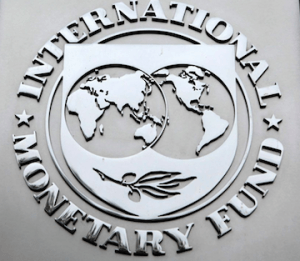Governments are losing potential benefits from public investments – IMF
 The International Monetary Fund (IMF) says governments around the world are losing the potential benefits from their public investments to inefficiencies in how the investments are managed.
The International Monetary Fund (IMF) says governments around the world are losing the potential benefits from their public investments to inefficiencies in how the investments are managed.
A paper published by the IMF at the recently ended Third Financing for Development Conference in Addis Ababa, Ethiopia, shows that the average country was losing around one-third of the potential benefits from their public investment to inefficiencies in the way in which those investments are managed.
The IMF notes that public investment supports the delivery of key public services, connects citizens and firms to economic opportunities, and can serve as an important catalyst for economic growth.
“After three decades of decline, public investment has begun to recover as a share of GDP in emerging markets (EMs) and low income developing countries (LIDCs), but remains at historic lows in advanced economies (AEs),” it says.
According to the paper, the increase in public investment in EMs and LIDCs has led to some convergence between richer and poorer countries in the quality of and access to social infrastructure (e.g., schools and hospitals), and, to a lesser extent, economic infrastructure (e.g., roads and electricity).
“However, the economic and social impact of public investment critically depends on its efficiency,” the paper adds.
Comparing the value of public capital (input) and measures of infrastructure coverage and quality (output) across countries, the paper found average inefficiencies in public investment processes of around 30 per cent.
Presenting the findings, Sanjeev Gupta, the Deputy Director of the IMF’s Fiscal Affairs Department, said, “the economic dividends from closing this efficiency gap are substantial: the most efficient public investors get twice the growth ‘bang’ for their public investment ‘buck’ than the least efficient.”
“If governments want to realize the full economic and social benefits from public investments, they have to improve the way in which those investments are managed,” he said.
The paper also found that strengthening public investment management institutions can close up to two-thirds of the public investment efficiency gap.
By Emmanuel K. Dogbevi
